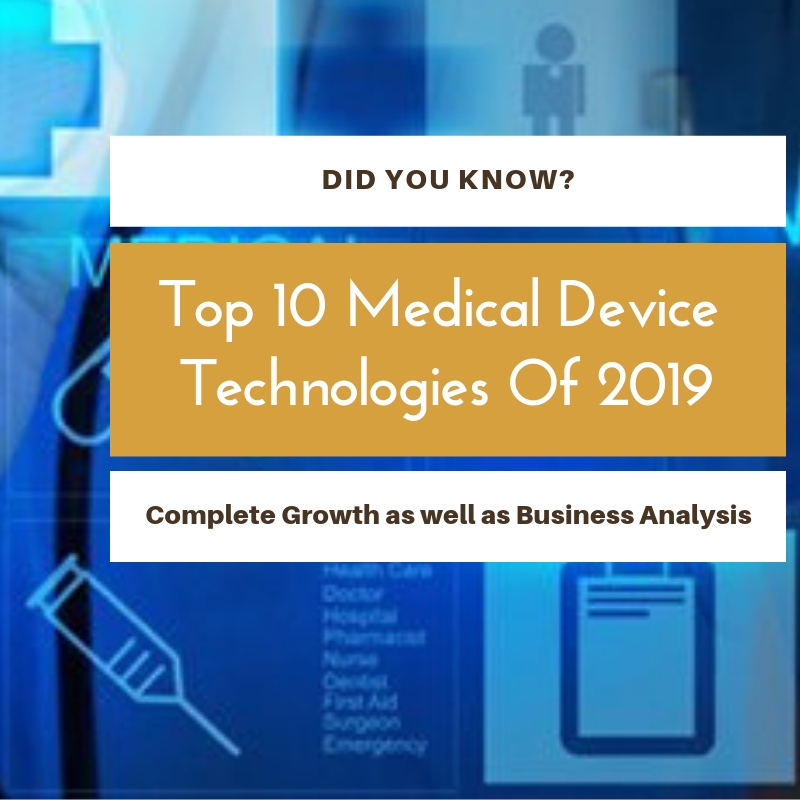The global top 10 medical device technologies market is expected to reach USD 428.97 Billion by 2020, at a CAGR of 5.5% from 2015 to 2020. Growth in the global top 10 medical device technologies market is mainly driven by factors such as the rising prevalence of chronic diseases and related increase in disability-adjusted life years (DALYs), technological advancements in medical devices, and growing aging population. Moreover, increasing investments from government bodies and private players in healthcare sectors in emerging economies and increasing focus of key players on emerging countries are creating new growth opportunities for this market. However, uncertainty in reimbursement and excise tax on medical devices in the U.S. are restraining the growth of the market.


The top 10 medical device technologies market studied in this report is mainly segmented by types and region. Based on type, the top 10 medical device technologies market is segmented into in vitro diagnostics (IVD) devices, cardiology devices, diagnostic imaging devices, orthopedic devices, ophthalmology devices, endoscopy devices, diabetes care devices, wound management devices, kidney/dialysis devices, and anesthesia & respiratory care devices. The IVD devices segment accounted for the largest share of approximately 17.1% of the top 10 medical device technologies market, owing to the increase in the prevalence of diabetes, cardiovascular diseases, and cancer.
Download FREE Brochure:
https://www.marketsandmarkets.com/pdfdownloadNew.asp?id=96
Download FREE Brochure:
https://www.marketsandmarkets.com/pdfdownloadNew.asp?id=96
Geographically, North America dominated the global top 10 medical device technologies market, with a share of 39.7% in 2014. The large share of this region can be attributed to greater accessibility to advanced technologies, improved healthcare infrastructure, established distribution channels, and the presence of a large number of leading market players such as Johnson & Johnson (U.S.), Siemens Healthcare (Germany), Medtronic (U.S.), Abbott Laboratories Inc. (U.S.), and Stryker Corporation (U.S.). However, the Asia-Pacific region is expected to be the fastest-growing top 10 medical device technologies market during the forecast period. Large population and rising healthcare needs, increased spending capabilities of consumers on healthcare, improving healthcare infrastructure in the region, and increasing investments by leading players and respective government agencies in the region are contributing to the growth of the APAC top 10 medical device technologies market during the forecast period.
The global top 10 medical device technologies market is fragmented and highly competitive. The key players in this market are Johnson & Johnson (U.S.), GE Healthcare (U.K.), Siemens Healthcare (Germany), Medtronic (U.S.), Philips Healthcare (Netherlands), Roche Diagnostics (Switzerland), Abbott Laboratories Inc. (U.S.), Smith & Nephew plc (U.K.), Stryker Corporation (U.S.), and Boston Scientific Corporation (U.S.).
Request Sample Pages:
https://www.marketsandmarkets.com/requestsampleNew.asp?id=96
Request Sample Pages:
https://www.marketsandmarkets.com/requestsampleNew.asp?id=96
Comments
Post a Comment